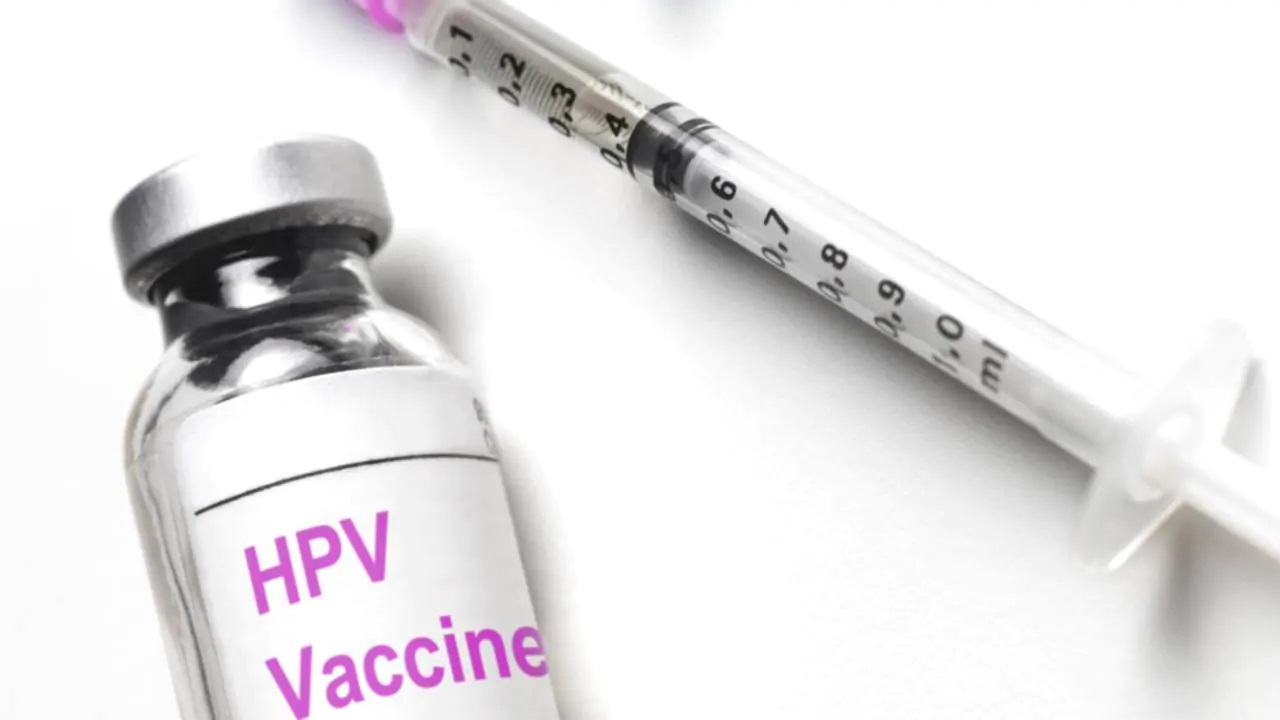AfricaPress-Tanzania: THE government has asked parents and guardians with girls aged 14 years to ensure that they take them to health institutions to receive Human Papilloma Virus (HPV) vaccine, and those who did not complete their dose schedule return for wind up.
The ministry of Health, Community Development, Gender, Elderly and Children, said in parliament that the government was giving assurance to all people that the vaccination services were available at all health facilities free of charge.
“People should continue with these services at any time because vaccination is the right of every child in this country,’’ said the ministry.
That was stated when the ministry was giving a written response in the House following a question asked by Mwantumu Dau Haji (Special Seats-CCM), who had sought to know the progress on HPV vaccine that was recently introduced by the government.
According to the minister, the government introduced the HPV vaccine in April 2018 for girls aged nine to 14 years, and that during the period, about 643,383 girls aged 14, who were targeted received the vaccine on time, adding that last year the programme targeted 685,580 girls.
“In 2018, we introduced the vaccine and about 383,683 girls received the vaccine in the first dose phase, an equivalent of 60 per cent of 643,838 girls in set target, and in the second dose about 128,021 girls were reached, estimated as 33 per cent of the set target,’’ the ministry said.
Last year, the minister said, about 533,615 girls (78 per cent) received the vaccine during the first dose phase, and that on the second dose about 334,014 equal to 63per cent were reached.
The government introduced the HPV vaccine as part of the routine immunization programme targeting girls aged 14 years to protect them against cervical cancer.
Statistics show that Tanzania is one of the African countries with the highest cases of cervical cancer, where about 50,000 women contract the disease annually.
Statistics from Ocean Road Cancer Institute (ORCI) show that cervical cancer accounts for 36 per cent of all cancer patients in the country, followed by breast cancer (12.9 per cent), cancer of the oesophagus (9.8 per cent) and Kaposis Sarcoma (9.3 per cent per cent).
Cervical cancer has multiple risk factors such as early marriage, multiple sexual partners, multi-parity and sexually transmitted diseases, including HIV/Aids infection, tobacco use, vitamins deficiency and HPV infection.







